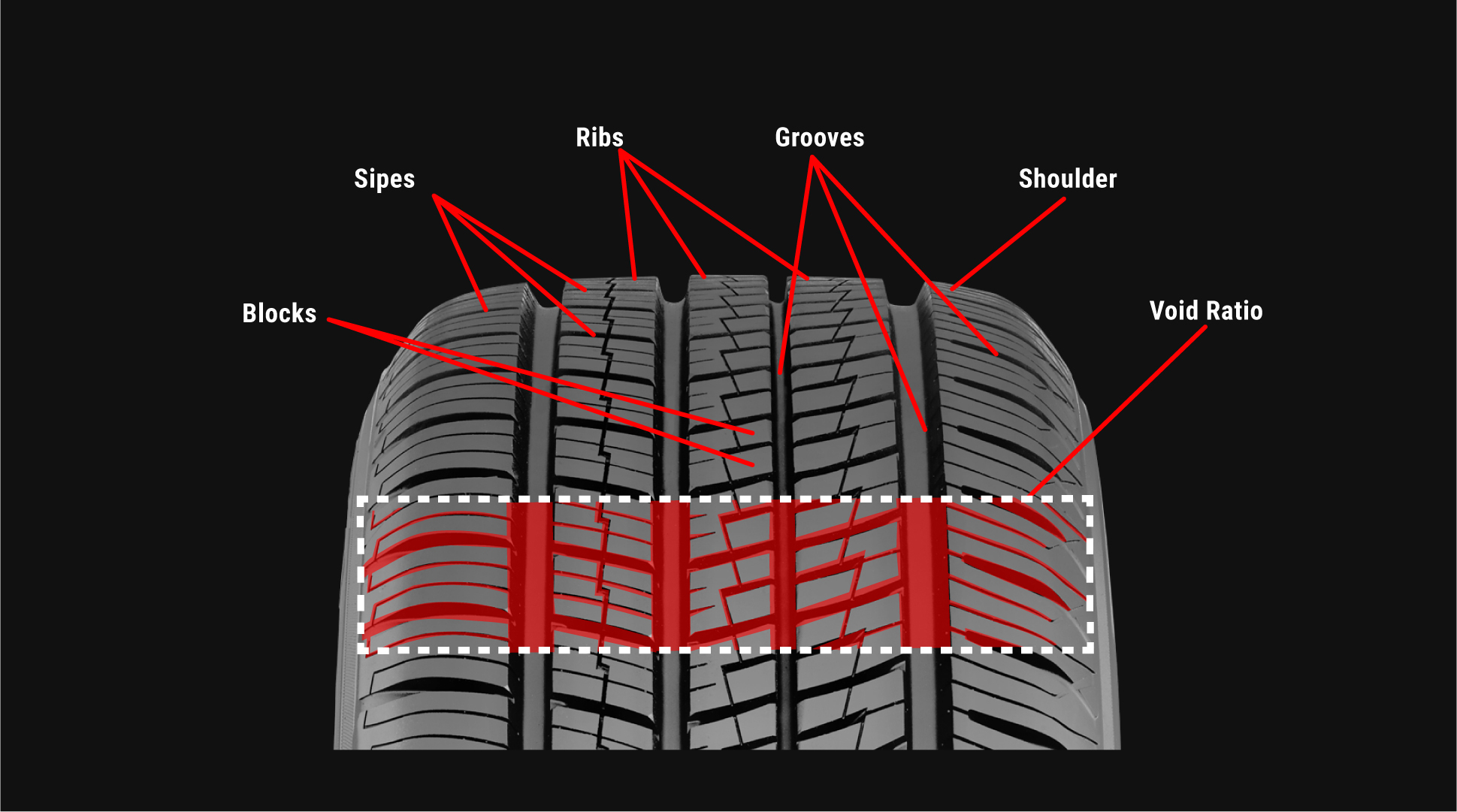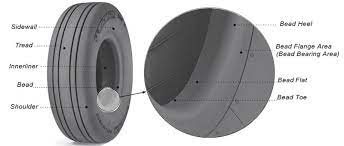Your Shopping Cart
Your cart is empty.
Subtotal ( items)
Instant Rebate Applied:
Promo Code Applied: ID.me Discount Applied:
Have a Promo Code?
Size:
Item
Item
Selected for:
/ each
Add-Ons
Wireless air pump capable of pumping up to 150 psi with 2000 MAH power bank.



Fully protect your clothes and vehicle interior during transportation of your tires. For Tires up to 31" tall and wheels up to 22".
Per sensor
Add TPMS Sensors
/per sensor
Please confirm the make, year, model and trim of the vehicle you want to purchase for:
How many sensors do you need?
The vehicle you have selected is not compatible with aftermarket TPMS Sensors.
Enter a different vehicle to add TPMS sensors

 Front Tire Size:
Front Tire Size:
 Rear Tire Size:
Rear Tire Size:
 Your Vehicle:
Your Vehicle:
Pros & Cons of Staggered Fitment

Attractive Design

Improved Handling

Improved Cornering
Bumpier Ride
Poor Traction in Snow
How do I find my tire size?



Need help?
 Your Vehicle:
Your Vehicle:
Pros & Cons of Staggered Fitment

Attractive Design

Improved Handling

Improved Cornering
Bumpier Ride
Poor Traction in Snow
How do I find my tire size?



Need help?
Pros & Cons of Staggered Fitment

Attractive Design

Improved Handling

Improved Cornering
Bumpier Ride
Poor Traction in Snow
Need help?
Need help?
How do I know if I have an LT tire?

 Your Vehicle:
Your Vehicle:
Sorry, we could not find any available
wheels for your sizing selections.
Need help?
Shoulders & Sidewalls: When to Repair, When to Replace Tires Based on Wear, Tear and Damage
By Tire Agent Staff
January 31, 2022
This car tire diagram from Yokohama shows where the tire shoulder begins; it ends where the sidewall begins.
Many factors go into when to repair or replace your tires. It's not just when the manufacturer suggests it's time.
You also need to look into the tire's structure. More specifically, a tire's shoulders and sidewalls. So, let's dive in and answer some critical questions, like when is it OK to repair a puncture and when do you have to replace a damaged tire?
What Are Sidewalls and Shoulders of a Tire?
Before we give repair and replace advice, let's define what exactly sidewalls and shoulders on tires are.
Tire sidewall definition
The sidewall is the smooth, vertical area on the side of the tire between its bead and the edge of the tread. It's also the section of a tire where you'll find markings with helpful information, such as tire size and type.
Tire shoulder definition
The region where the tread and sidewall meet. This includes the tread blocks closest to the side of the tire and the area transitioning to where tread grooves are still visible.
Source: FAA. Yes, airplanes have tires too, and they have the same anatomical shoulders, treads, and sidewalls.
Tire Sidewall Cracking Chart
Yeah, we've seen it. There is a chart floating around the internet that illustrates when tire cracks are acceptable, suspect and time to replace (rejected). We're not sharing it. Wanna know why? Most drivers (no offense, many on our editorial team are in the same boat) aren't qualified to diagnose cracks in tire sidewalls, even with a comparison chart.
Here's what we will say:
- Minor sidewall cracks: The only place you should drive is to the nearest garage, where you can replace your tires, if it is safe to do so. Minor sidewall cracks lead to suspect sidewall cracks.
- Suspect sidewall cracks: The only place you should drive is to the side of the road, where you can change your tire or call a tow truck to safely tow your vehicle to a garage. Suspect sidewall cracks will become dangerous.
- Dangerous sidewall cracks: Do not drive on severely cracked tires. Replace the tire as soon as you can. Dangerously cracked sidewall tires lead to blowouts and, potentially, crashes.
Is a Tire Shoulder Repairable?
According to the U.S. Tire Manufacturer Association (USTMA), the only area of a tire that can safely be repaired is the center of the tread area. You should not repair a shoulder or sidewall.
Another thing to remember is that the puncture can be no larger than 1/4 inch in diameter to be safely fixed.
Even if the damage is limited to the tread area, you'll want to have it checked out by a tire professional. Cracks, punctures and other damage need to be checked for severity. It's always better to be safe than sorry.
Are Tire Sidewall Punctures Repairable?
As touched on in the previous section, you want to avoid sidewall puncture repairs. Replace the tire. It's partly because the tire compound is likely composed of steel rings that deliver balance and power, making it nearly impossible to repair.
If the sidewall area is patched, you're taking the risk that your car won't perform correctly. Even worse, a patched sidewall has a more heightened risk of suffering a blowout, which could lead to a serious accident.
So if a nail or foreign object punctures your tire's sidewall, it's time to replace the tire.
How Safe Are Tires That Have Sidewall Cracks?
Cracking occurs in tires through the aging process. It's when rubber and polymer materials break down due to a few reasons, including:
- Age
- Lack of use
- Poor tire care
- Weather
Here are a few preventative maintenance tips to follow to help deter cracking: Ensure your tires are always correctly inflated. Drive on the tire regularly. And finally, park out of sunlight when possible, especially if you live in dry, sunny climates.
You're probably wondering if tires with sidewall cracks are safe and if they can be repaired? Honestly, the answer to both is no.
That's because tires with deep and widespread cracks are beyond their useful age and need to be replaced yesterday. Cracking sidewalls are signs of aging and are dangerous to drive on. They are at severe risk of a blowout, which could lead to a harmful crash.
Can Tire Shoulder Cracks Be Repaired?
As we mentioned earlier, cracks found on tires signify aging. The good news is most tires are expected to last from five to seven years.
But that doesn't mean you should ignore visible cracks. And remember, the only repairable area of a tire is the center of the tread area -- the part that touches the pavement.
Your safest move is to take your vehicle to a tire professional and have them inspected. If the cracks are severe, your tire needs to be replaced. Most likely, the tire has become brittle and isn't safe.
How to Qualify for the $50 Offer
- Add items to your cart and begin checkout.
- Select PayPair and apply for financing.
- If you’re approved by a participating lender, you’ll see a $50 promotional rebate applied to your order total.
-
To receive the $50, you must:
- Complete your purchase with a qualifying lender,
- Agree to the payment terms,
- And make the required number of consecutive on-time payments, as specified by the lender.
Note: Offer available only through select lenders. Additional eligibility requirements and conditions apply. Rebate may be issued after verification of qualifying payment activity. Terms subject to change.
How to Purchase Tires and Wheels
With a Payment Plan
Tire Agent's payment plans make it easy to get the best partial or full set of tires and wheels for your vehicle.
It's fast, secure and won't affect your credit score
Match with multiple lenders
Why Choose PayPair?
PayPair’s Partners and Plans

No Money Down

No Money Down

No Credit Needed*

No Money Down

$1 to Start!*

No Money Down

No Credit Needed*

$1 to Start!*

No Money Down
Other Payment Plans

$0 to Little Down

Pay with your bank account

Simplified checkout experience

Faster and easier than using cards or cash

Simplified checkout experience

Faster and easier than using cards or cash
*SNAP: The advertised service is a lease-to-own agreement provided by Snap RTO LLC. Lease-to-own financing is not available to residents of Minnesota, New Jersey and Wisconsin. NO CREDIT NEEDED: Not all applicants are approved. While no credit history is required, Snap obtains information from consumer reporting agencies in connection with applications, and your score with those agencies may be affected. PAYMENT PLAN: The standard plan consists of renewable lease terms. To exercise an early ownership, consumers must make regular payments on time and schedule additional payments via the customer portal or by contacting Customer Care at 1-877-557-3769. KATAPULT: The Promotional Initial Payment (plus any applicable taxes and fees) is due at lease signing. Your lease-purchase payment amount will be determined after you select your product(s). You will not acquire ownership of the product(s) if the total amount necessary to acquire ownership is not paid. The Promotional Initial Payment does not reduce the cost of the lease-purchase agreement. The Promotional Initial Payment is only available when shopping at Tire Agent through the Katapult mobile app and at Tire Agent’s website. Product pricing subject to change and availability. Disclosure: 90-day early purchase option (EPO) terms and conditions apply: 90-Day (3 months in CA) You can buy out your lease-to-own agreement within the first 90-days. This amount includes the cash price, plus the lease-to-own cost for the first 90-days. Taking advantage of the 90-day purchase option will save you the most money! PROGRESSIVE: Ownership by rental/lease agreement with Progressive Leasing costs more than the retailer’s cash price. Select items only. Cancel or purchase early at any time. Not available in MN, NJ, VT, WI, WY. Progressive Leasing obtains information from credit bureaus. Not all applicants are approved. Standard agreement offers 12 months to ownership. 90-day purchase options cost more than the retailer’s cash price (except 3-month option in CA). To purchase early or to cancel lease, you must call 877-898-1970. Retailer cannot activate early purchase options.


